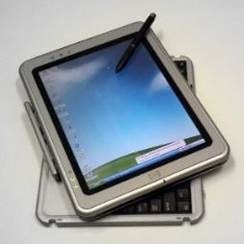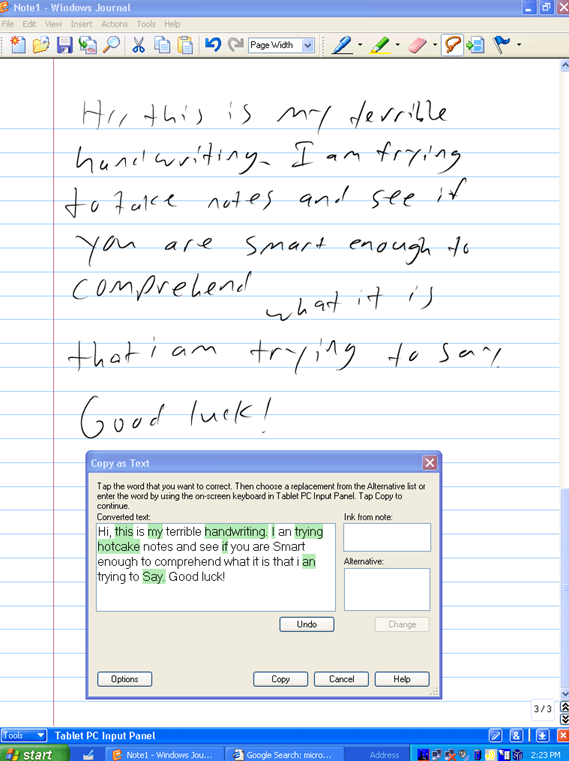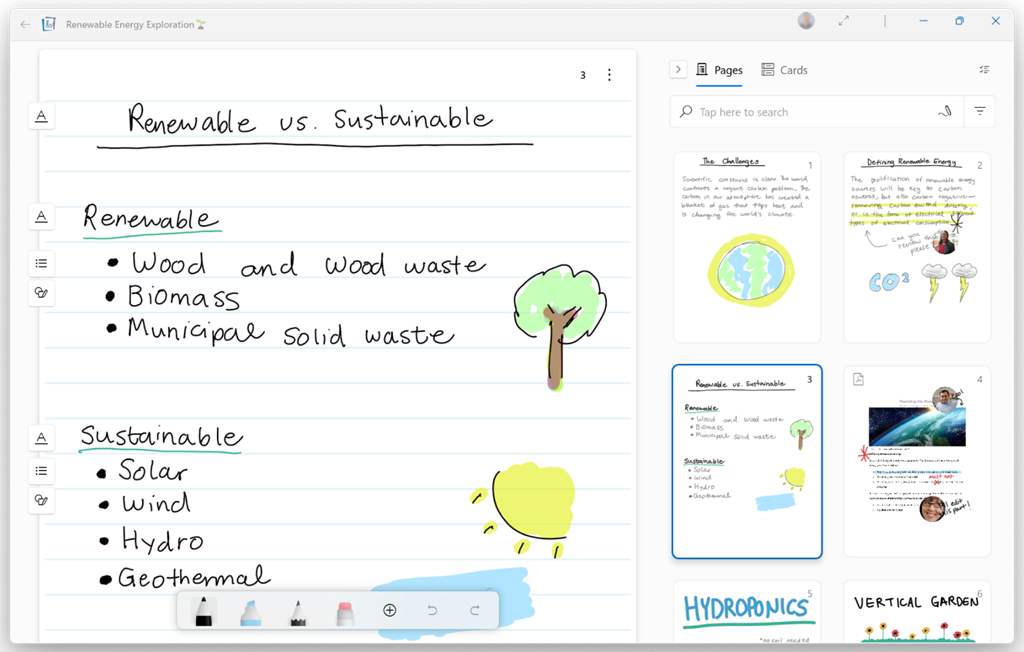|
Turning to technology and looking back to relatively near-term history brings up all kinds of product that was ahead of its time or was ultimately overtaken by other developments that nobody saw coming. Sometimes, the perfect blend of genius, timing, execution and luck combines and creates a durable and wildly successful category – like the Smartphone and the plethora of services and apps that were created. Inversely, one of those tech innovations that was just a bit ahead of its time was the Tablet PC; a fully-functional Windows PC that was blessed with a pen and touch screen so you could take notes by hand just like on paper, yet by flipping it around it could be used to run Office apps and all the other stuff you’d need a PC for, 20 years ago.
One new app that was built for the Tablet PC to take advantage of its pen, was Windows Journal, a relatively simple yet effective note-taking app, with surprisingly good handwriting recognition built in. To read more from someone who was in the room – figuratively and, at times, literally – around the time of Tablet PC, the Journal software and the Office app originally called Scribbler which went on to become OneNote, check out Steven Sinofsky’s Hardcore Software post. It’s a fairly long but fascinating read. Using pen and paper for taking meeting notes might be less popular now, but many of us will still jot down reminders or lists on Post-it notes, perhaps doodling on paper to help creativity and flow. If you have a pen-capable computer now, the newly released Microsoft Journal app is worth a look. Billed as an app for digital ink enthusiasts, this new Journal presents a modern take on the original Windows Journal idea – an infinitely scrollable canvas for jotting down anything, though with AI capabilities in the app providing quiet yet powerful functionality. Journal started as a research project (from the “Garage”), but has now graduated into a fully-fledged, supported app. Read more about it here.
|
Tag: Tablet PC
501 – Next of Kin
|
Some old tech has just been superseded by better, cheaper, easier alternatives – the erstwhile fax message gave way to email, the film camera largely replaced by digital photography, though there are always people who doggedly prove exceptions. Vinyl records came back from the brink, even prompting a potential rebirth of physical music retailing. There’s even a revival of cassette tapes for goodness’ sake (Hey kids! throw away your DVDs and get those VHS tapes from the attic…)
The path of progress is littered with the wreckage of ideas that didn’t quite work out; sometimes, they’re just a development that nobody wanted, or at least the target audience didn’t want in enough numbers, or maybe other forces combined to nix them (eg Google Glass) or at least to sustain their development enough. Some ideas were subsequently proven to be on the right path, but the first executions didn’t succeed: maybe the technology wasn’t advanced enough at the time. The fab new devices previewed at the October 2019 Surface Event gave cause to recollect some old and perhaps before-their-time devices. The forthcoming Surface Pro X looks like the ultimate evolution of a Tablet PC, the due-next-year Surface Neo brings to life the “Courier” prototype that never made it out of the lab, and the especially groovy-looking (and also “available Holiday 2020”) Surface Duo makes Windows Mobile fans shed the remaining tears by embracing Android, though don’t dare call it a “phone”.
The Tablet PC specification spawned a whole new version of Windows that eventually merged into the mainstream with Windows Vista. It only took maybe 15 years for technology and successive software improvements to turn the original dream into something of a reality. |





